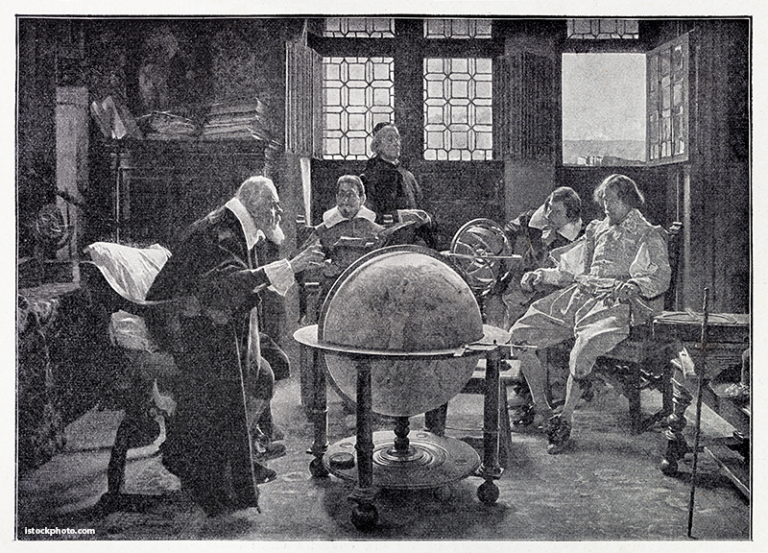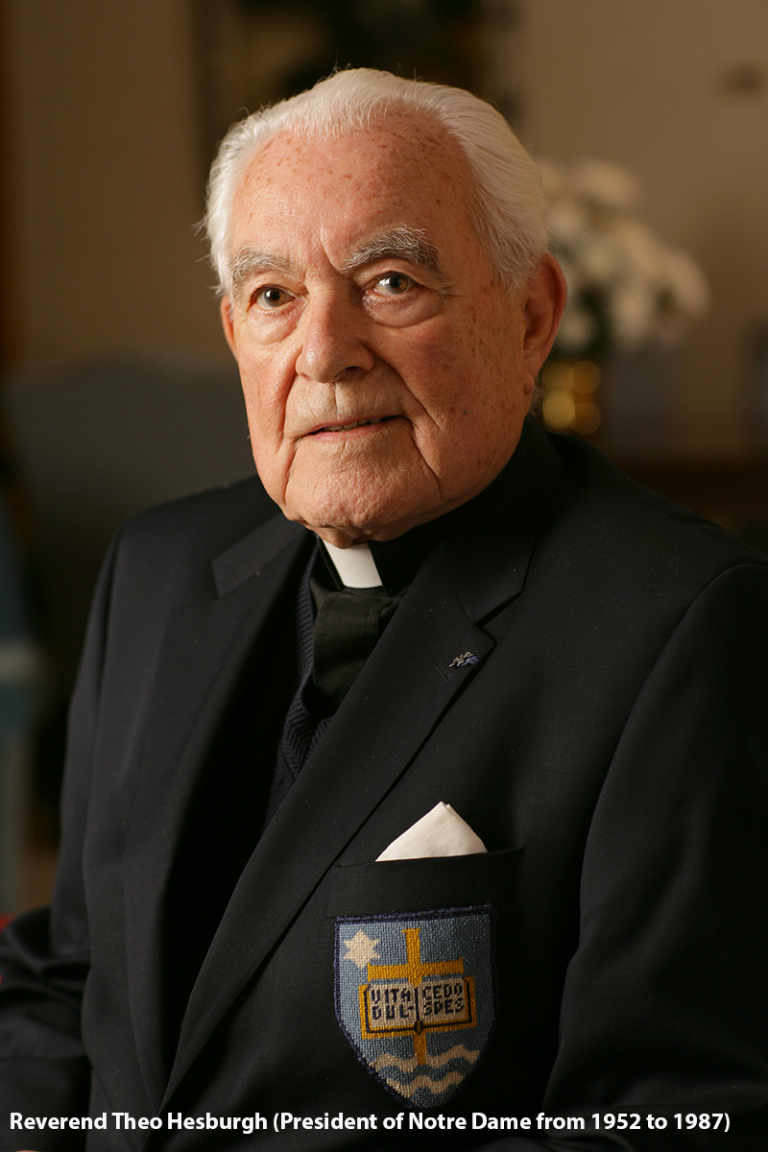Seventh in the series, Follow the money
A campus is more than buildings, but nothing without them. An Internet address? Maybe. Campus buildings, monuments, stadiums, digs and castles, are worth little without collected cultural, scientific and artistic insight and a faculty that generates and professes it.
“A university is just a group of buildings gathered around a library.”
Shelby Foote
_________________________________________________________________________
Universities spend more and more on campus facilities.
Not a problem when old or derelict facilities are being replaced, or when the need for classroom, research or living space is evidenced in oversubscribed or outmoded buildings.
However, Richard Vedder, an economist at Ohio University, suggests that spending on recreational and unnecessary non-educational facilities is out of hand: “This is the country-clubization of the American university.”
Sam Dillion of the New York Times reviewed expenditures by research universities during the first decade of this century and found spending for student services rose 20 percent over the decade, compared with 10 percent for instruction.
If the resources are there, who cares? But students are borrowing more and more money for less and less effective education. Some universities are focused on entertainment thereby legitimizing Vedder’s coinage of the “country-clubization” concept.
In many states, maintenance for new facilities is only funded only when facilities come from state appropriated funds. Moreover, facilities funded with student fees are not always included in the state appropriations process, creating drag on overtaxed upkeep tills. These currents and eddies in funding streams hobble prospects of effective campus infrastructure.
As public universities succumb to sound bite driven political pressure well-maintained facilities are rarely on the list. New facilities are ever present. And donors bend towards new facilities. Can you imagine the donation and the issuance of the press release heralding the “The John Smith Memorial Roof Leak Patch?”
And then there’s outsourcing. An Austin-based company, American Campus Communities, builds and operates student housing and has since 1993. Currently, its total assets are $2.23 billion in campus dorms and apartments. Outsourcing headlines are dramatic. This one from the Bryan – College Station Eagle regarding outsourcing of grounds keeping, dining and other non academic functions from Chancellor John Sharp of the Texas &M University System, “Sharp: $260 million, raises to result from outsourcing.” It remains to be seen whether or not that dog will hunt.
The Lumina Foundation reports that, at public research universities, operations and maintenance spending increased less than 1% between the years 2002 and 2005. However between the years 2005 and 2006 it increased 6.8% while instruction costs increased only 1.8%. Buildings and upkeep are a growing part of the University budgets.
John Marcus recently pointed out in the Washington Times, “Some $11 billion in new facilities have sprung up on American campuses in each of the last two years—more than double what was spent on buildings a decade ago, according to the market-research firm McGraw-Hill Construction—even as schools are under pressure to contain costs.”
A common theme for new buildings over the past decade has been the need to modernize for information technology, creating pervasive availability to students. Richard DeMillo argued forcefully in the Chronicle of Higher Education a couple of months ago that the horse is out of the barn. I learned FORTRAN programming in 1970 on an IBM 360. The machine took up a whole floor of Cushing Library at Texas A&M and had less computing power than the cell phone strapped to my waist. Information technology is omnipresent. “Like water,” said he.
The spending on campus castles is more about a Madison /Pennsylvania Avenue approach to college students fueled by PR and sloganeering, rather than by real learning and intellectual substance. The public will be fooled for a season, you know, “You can fool all of the people some of the time…” But over a generation or two, the real power of any campus will be the quality of the academic experience. Nothing else.
Online presence, evidenced through teaching and scholarship, may trumpet this coming age. Distinctions between universities based on campus castles will be diminished, while the substance of what they offer in human intelligence and communication will be heightened.
At our universities, functional facilities are critical and maintenance of these facilities is a walking testimony to the University’s values, but neither outweighs the ascendancy of excellence in academic offerings.







There is only one comment necessary in response to this post:
Shelby Foote had it right!
Shelby Foote had it right!!